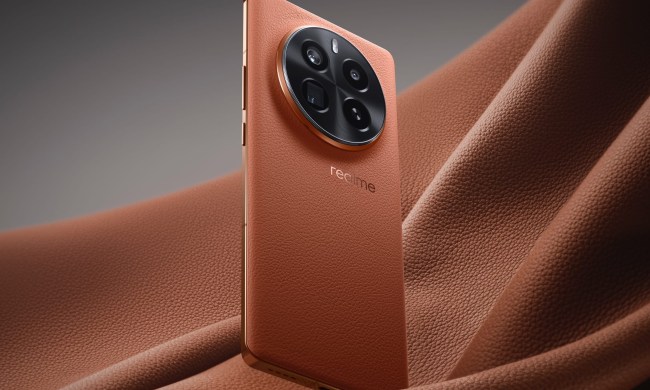The Vivo X90 Pro has arrived, in preparation for our review. If you’re not familiar with Vivo, it’s part of the same tech empire as OnePlus, Realme, and Oppo — but it’s not as closely related as those three are in terms of software, design, and partnerships. It’s Vivo’s partnership with Zeiss, in addition to a wider global launch for the X90 Pro, that has us intrigued.
Vivo and Zeiss have worked together on smartphone cameras since 2020, with the Vivo X60 Pro and X60 Pro Plus the first devices to come from the partnership. According to Zeiss, the pair work together not on just one component or software feature, but across the entire imaging experience, with the intention of assuring quality throughout. Zeiss doesn’t make cameras, but rather optics for cameras, so it’s different from partnerships like OnePlus and Hasselblad’s, where the focus is software.
This all makes the X90 Pro interesting, and why we’re keen to review the phone very soon. In the meantime, as we get to grips with it, we wanted to give you an early look at this imposingly designed device.
Looking at the Vivo X90 Pro’s fascinating camera
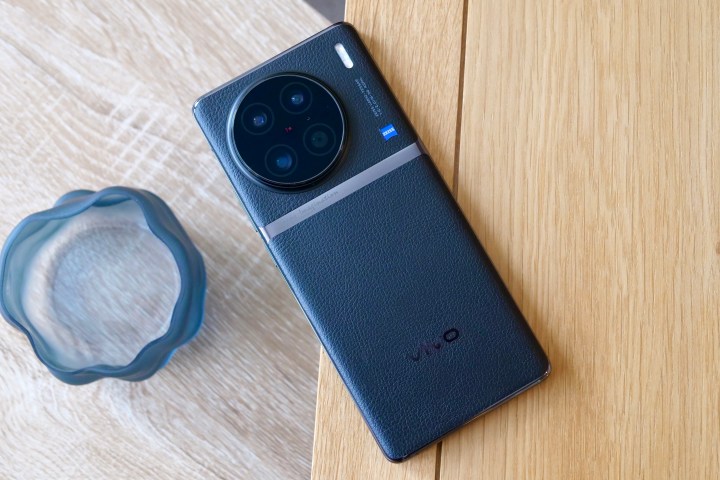
The star of the show is the 50-megapixel Sony IMX989 camera with its 1-inch sensor, optical image stabilization (OIS). Elsewhere in the camera module are a 50MP Portrait camera and a 12MP wide-angle camera. It’s all controlled by Vivo’s own custom-designed V2 imaging chip, with Zeiss T* Coating over the lenses.
Zeiss also works with Vivo on the software, with a newly calibrated Zeiss Natural Color 2.0 for more authentic colors in your photos, and a pair of unusual camera features too. Zeiss Miniature Effect makes normal scale scenes look like miniature scenes, something like a Tilt Shift filter, while Cine-Flare Portrait intelligently adds lens flare to portrait shots.
What else? Vivo’s talking up the X90 Pro’s night mode ability, highlighting an “extreme Night Focus” technology for focal accuracy in lowlight, a Super Moon mode, and an AI Night View feature for RAW photos.
The rest of the Vivo X90 Pro
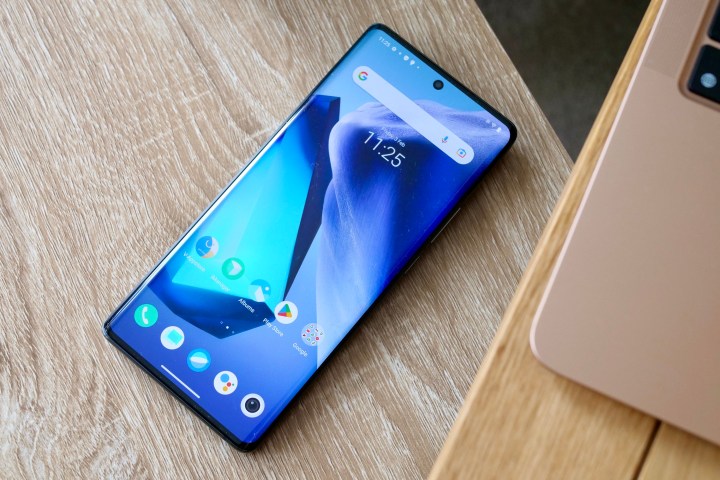
Although we haven’t tried the phone for any length of time yet, it is already in our hands, so we can talk about the design. It’s huge. It measures 9.3mm thick and weighs 215 grams, while the camera module extends from the back of the phone by several more millimeters. The chassis is curved, and the 6.78-inch screen neatly blends into it, so it doesn’t feel too ungainly. However, it’s still a real handful.
The camera module is a large circle, with Zeiss branding down the side, but Vivo has taken the unusual decision to inscribe “Xtreme Imagination” into a metal strip running across the phone’s body under it. It adds absolutely nothing to the design, doesn’t mean anything, and sadly cheapens the look. On the top of the phone, there is another inscription, this one saying “Professional Photography.” This has been a mainstay on Vivo X series phones for a while, but that doesn’t make it any less pointless.
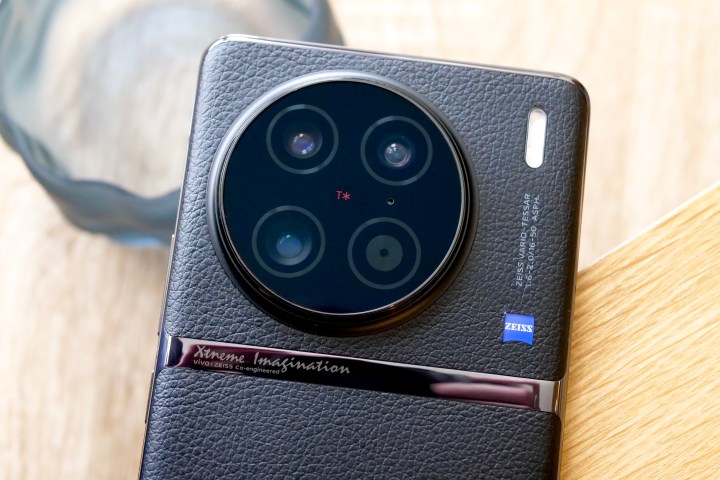
The back is wrapped in vegan leather, and it only comes in one color, Legendary Black. What a shame Vivo didn’t look back at phones from Oppo like the Find X2 Pro with its bright orange leather back, rather than going for the rather dull and uninspired black finish. Inside is a 4,870mAh battery with 120W wired charging and wireless charging too.
Vivo has turned to MediaTek to provide the power for the X90 Pro and has chosen the MediaTek Dimensity 9200 processor with 12GB of RAM and 256GB of storage space. Announced at the end of 2022, this powerhouse chip rivals the best from Qualcomm, and this is one of the first phones to feature it.
What about the X90 and X90 Pro Plus?
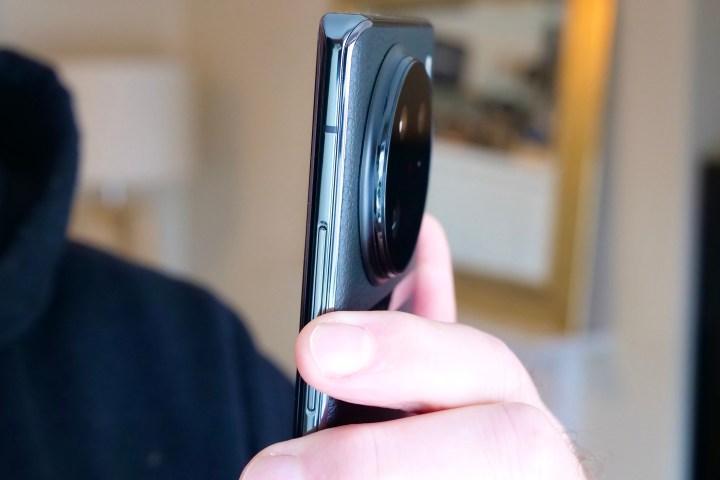
We’re concentrating on the Vivo X90 Pro, but it’s just one member of the company’s latest X series of devices. The Vivo X90 is joined by the standard Vivo X90. It has the same 6.78-inch AMOLED screen with a 120Hz refresh rate and a 1260 x 2800 pixel resolution and is powered by the MediaTek Dimensity 9200 processor, but there are various alterations elsewhere that make it less enticing.
On the back is a 50MP Sony IMX866 main camera with OIS, a 12MP wide-angle camera, and a 12MP Portrait camera. Zeiss has co-engineered the imaging system and provided its T* Coating over the optics, plus its Vivo’s V2 chip behind the scenes. The 32MP selfie camera is the same as the Pro model, but the battery has a slightly smaller capacity and lacks wireless charging. Vivo also makes an X90 Pro Plus model, but this will not be released globally.
The Vivo X90 Pro is coming soon
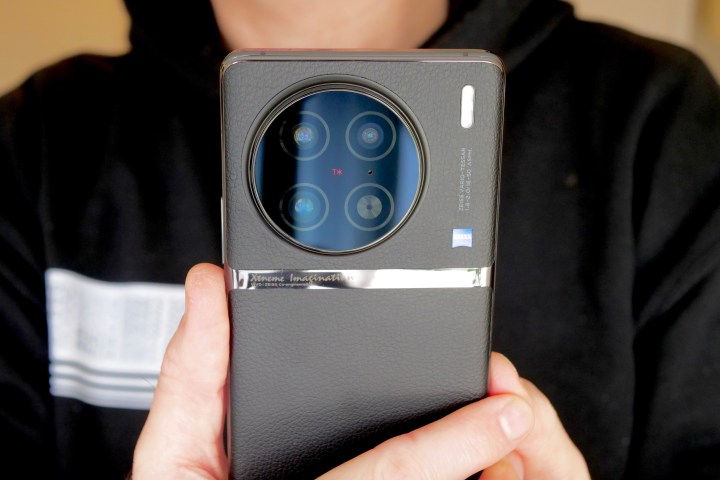
Vivo has not released the prices for the X90 series at the time of writing. However, it has provided some information on where the phones will be sold, and the good news is the X90 Pro will be getting a European launch. Unfortunately, it has not confirmed which locations in Europe yet. Otherwise, both it and the X90 will be released in Hong Kong, Taiwan, India, Thailand, and Malaysia.
The Vivo X90 Pro is on our desk, ready to be put through its paces in the very near future. We’re keen to find out what Vivo and Zeiss bring to the table.


